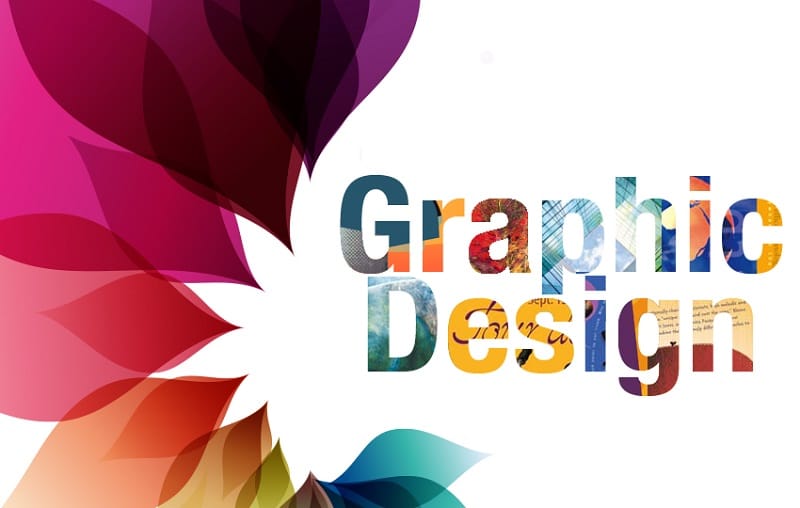Graphic designs are the production of visual settings on certain surfaces that can include canvas, paper, walls, or ceramics. The creation of signs, logos, drawings, symbols, graphics, and various forms of geometric designs are all forms of graphics. Based on the Greek word “Graphikos,” graphs are used in various forms of electronic or print media to represent certain ideas. Graphic design refers to combining different forms of graphics, such as text and images, into publications, advertisements, and websites.
Graphic designs used the middle Ages, and ancient cultures such as Egypt, Greece, France, and Australia used graphic art to communicate. Ancient writing and drawing, such as those seen in ancient caves and the great Egyptian pyramids form the basis of graphic art. The graphic art is also illustrated in classical books as seen in the evangelical books of island art, which describe the animal style of the barbaric peoples of Northern Europe.
Modern Graphic designs
The modern graphic art was possibly started by William Morris, considered the father of modern graphics. Many graphic designs were produced at his Kelmscott press in the late 1800s, and he soon became known for his creativity in this art form. William Morris, along with three other notable artists, formed the Pre-Raphaelite group, and their ideas greatly influenced what is considered modern graphic design today.
The advent of computers in a new era of graphic design that employed the use of digital techniques and creative styles that can be seen in posters and logos today. Many computer software programs like Photoshop and Windows developed with different functions available.
Designs used in different print media for advertisements and promotions to convey a message from a firm or business to a wide range of clients. The famous logo of a well-known soft drink company created by Frank Mason Robinson in 1885 and the Google logo created by Ruth Kedar are forms of graphic designs that are trademarks of companies. Graphic designs are also used on websites to create a visually appealing web page that will attract potential visitors and customers. Let’s get started and experience some top graphic illustrations now!
When it comes to choosing the right way to implement the graphic design, Norwich seems to have gained some reputation in recent years, with various graphic designers demonstrating how the art of graphic design can be applied in ways that many companies often overlook.
One of the problems for a long time has been the name, graphic design. Norfolk-based studios and designers have been interested in pointing out lately that graphic design isn’t all about drawings, photographs, or images. Perhaps a more appropriate term would be visual design, but it’s probably too late to start trying to change that now.
Visual design
The visual design makes a lot more sense because we are very visual creatures. We observe the world around us, the people who make it up, and ourselves, and the vast majority of our thinking, understanding, learning, and communication is done through visual stimuli. Whether it is the body language or type of font used in a letter or the concatenation of visual ideas to words on a page, we base much of our understanding, responses, thought patterns, ideas, assumptions, and preferences on the visual way to see the world.
This is a crucial fact because when you start to think in graphic design this way, Norwich designers start to breathe a sigh of relief because their work is finally being appreciated for what it can actually accomplish.
Another important fact that graphic designers are interested in instilling in businesses is the fact that most graphic design work is not even consciously noticed. That is not to say that it is not seen; it is a lot and in many different ways. But we often don’t realize that what we’re seeing is not simply a random collection of options that someone came up with because they seem to be okay.
For example, a credit recovery company recently approached a graphic design studio in Norwich and asked for their opinion. The problem was, by the very nature of their business, they weren’t exactly attractive to people, but they still had a job to do, and they wanted to try to reach people and engage with them in a more positive way that they would be more likely to. People would read the letter and perhaps respond, instead of destroying it and cursing under their breath.
The Norfolk graphic design studio accepted this challenge with interest and, after examining the letters that were sent to clients, came up with a number of solutions. One of them was only as subtle as the type of font being used. Formal typefaces like Times New Roman tend to associate with formal letters like the ones you receive from your bank.
Although the graphic designers did not suggest going so far as to use cursive typefaces indicative of handwriting, they did suggest a typeface that was clear and easy to read but suggested in a very subtle way a slightly less formal tone. Most people wouldn’t even notice this, but on a subconscious level, they would, and it’s this response to a visual input that can make a difference.
This change, along with other tips like including a bit more white space, wider margins, a slightly altered layout, a different letterhead at the top, and even a block of color running down the left side, all adds up to a subtly modified letter. However, the results were somewhat less than subtle.
Without including a single image, graphic designers in Norwich helped the credit recovery company go from a response rate of 29% to a response rate of 64%, attributed solely to subtle changes in the visual appearance of the letter. No words were changed, or images were added, just the smart and highly effective use of visual design or graphic design. Norwich designers are interested in companies realizing that graphics don’t have to mean images, but they can mean real results.



